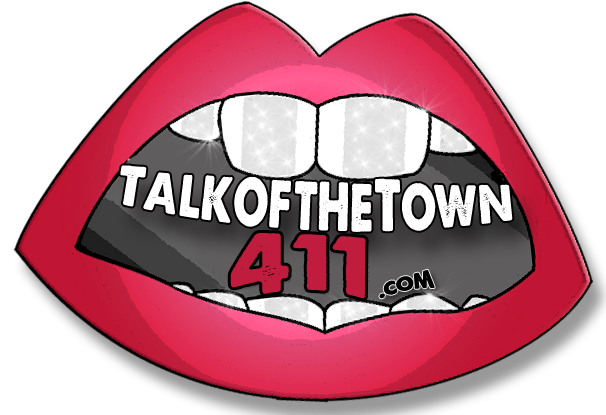As survivors of the storm begin to deal with the aftermath of the giant storm, people across the country are asking what they can do to offer aid to their fellow Americans, and the federal governent remains committed to providing all available resources to support affected areas, as directed by President Obama.
The White House put together some great info to help you find the information you're looking for, whether you want to get help, or get involved in the recovery process.
Help Others:
FEMA offers this list of suggestions for people who want to help storm survivors and affected areas:
- Cash is the most efficient method of donating. Cash offers voluntary agencies the most flexibility in obtaining the most-needed resources and pumps money into the local economy to help businesses recover. Remember, unsolicited donated goods such as used clothing, miscellaneous household items, and mixed or perishable foodstuffs require helping agencies to redirect valuable resources away from providing services to sort, package, transport, warehouse, and distribute items that may not meet the needs of disaster survivors.
- At the national level, many voluntary-, faith- and community-based organizations are active in disasters, and are trusted ways to donate to disaster survivors. In addition to the national members, each state has its own list of voluntary organizations active in disasters. If you’d like to donate or volunteer to assist those affected by Sandy, these organizations are the best place to start.
- Give blood. Numerous blood drives have been canceled as a result of the storm and the Red Cross has a need for blood donations. To schedule a blood donation or for more information about giving blood or platelets, visit redcrossblood.org or call 1-800-RED CROSS (1-800-733-2767).
- Affiliate with existing non-profit organizations before coming to the disaster area. Immediately following a disaster, a community can become easily overwhelmed by the amount of generous people who want to help. Contacting and affiliating with an established organization will help to ensure that you are appropriately trained to respond in the most effective way.
- Be safe. Do not self deploy until a need has been identified and the local community impacted has requested support. Wait until it is safe to travel to volunteer sites and opportunities have been identified. Once assigned a position, make sure you have been given an assignment and are wearing proper safety gear for the task.
- Be patient. Recovery lasts a lot longer than the media attention. There will be volunteer needs for many months, often years, after the disaster - especially when the community enters the long-term recovery period.
Help Others:
If you live in an area affected by the storm, there are a number of
resources available to help you get the recovery assistance you need.
- Survivors in declared counties in New York, New Jersey, and Connecticut can register for assistance. Learn more information and FAQs before you apply for assistance
- Your business may be eligible for disaster assistance from the Small Business Administration.
- Monitor conditions in your area; find shelter; and let others know you are safe, with the Red Cross Hurricane App.
- Download the FEMA app to find a map with open shelters and open FEMA Disaster Recovery Centers.
- Call the Red Cross at 1-800-RED-CROSS (1-800-733-2767).
- Search for shelters via text message: text: SHELTER and your ZIP code to 43362 (4FEMA). For example: Shelter 01234 (standard rates apply).











0 Comments